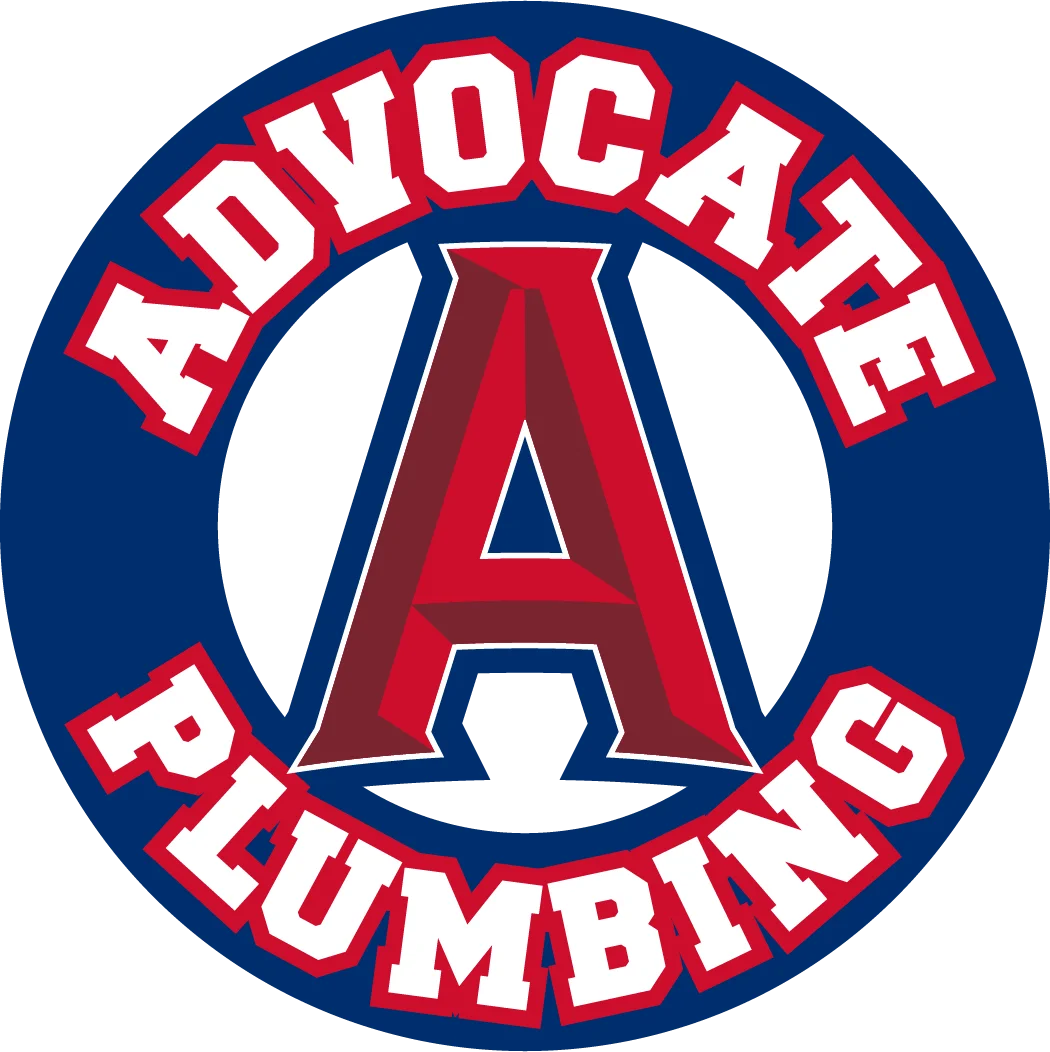Serving Hamilton County & Surrounding Areas
Why Your Sump Pump Needs Regular Maintenance and How to Do It
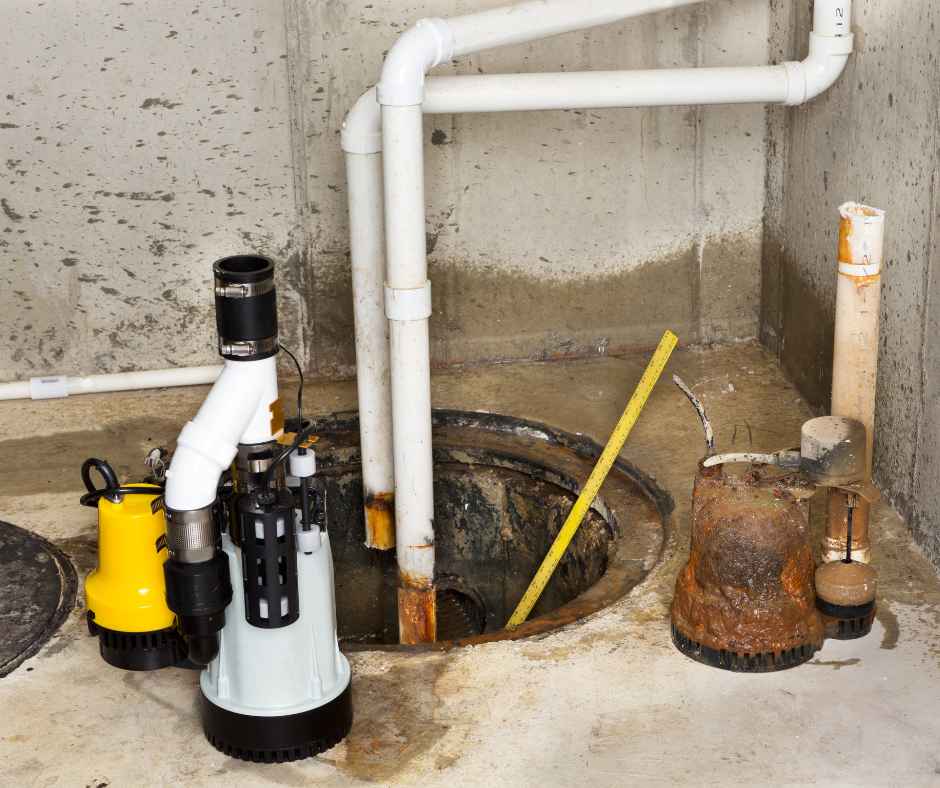
A sump pump is one of the most overlooked yet essential systems in your home. It quietly protects your basement, crawl space, and foundation from excess groundwater that can lead to flooding and costly damage. When heavy rain or melting snow pushes water toward your home, the sump pump collects and removes it before it can seep inside.
Without regular maintenance, your sump pump can fail at the worst possible time, leaving you with a flooded basement, damaged belongings, and expensive repairs. Dirt, debris, and general wear can clog or weaken the system, reducing its power and efficiency right when you need it most.
Routine sump pump maintenance is more than just a task on your home checklist. It is a crucial step in protecting your property, your investment, and your peace of mind. By learning how to clean, inspect, and test your pump, you can prevent breakdowns and extend its lifespan.
In this blog, we will explain why sump pump maintenance is so important, how often you should do it, and the simple steps you can follow to keep your system running smoothly. Advocate Plumbing is here to help you make sure your home stays dry, safe, and worry-free through every season.
What a Sump Pump Does and Why It Matters for Home Safety
Your sump pump is your first line of defense against basement flooding. It sits in a pit, usually at the lowest point of your basement or crawl space, where groundwater naturally collects. When water levels rise, the pump automatically activates, pushing the excess water out of your home through a discharge line. This simple yet powerful process prevents moisture buildup and protects your foundation from long-term damage.
A standard sump pump system has three key parts: the basin or pit that holds water, the float switch that triggers the pump when water reaches a certain level, and the discharge pipe that directs the water safely away from your home. Some systems also include backup power sources or alarms to keep your home protected during storms or power outages.
Having a well-functioning sump pump is critical for home waterproofing. It reduces the risk of structural damage, mold growth, and electrical hazards caused by standing water. In areas with heavy rainfall or high water tables, sump pumps are especially important for keeping basements dry and livable.
Regular sump pump maintenance ensures that your system works when you need it most. Even a small clog or worn switch can lead to system failure and thousands of dollars in damage. By keeping your pump in top condition, you can avoid emergencies and enjoy peace of mind knowing your home is protected from water intrusion year-round.
What Happens If You Skip Sump Pump Maintenance
Neglecting your sump pump may not cause problems right away, but over time, small issues can turn into serious failures. A sump pump that has not been cleaned or inspected regularly is more likely to clog, jam, or overheat when it is needed most. When that happens, water can rise quickly in the sump pit and overflow into your basement.
One of the most common causes of sump pump failure is a blocked intake or discharge line. Dirt, gravel, or debris can collect in the pit and restrict water flow, forcing the motor to work harder. This strain can lead to overheating and early burnout. Another frequent issue is a faulty float switch that gets stuck and prevents the pump from turning on or off properly.
If you skip sump pump maintenance, you could face several costly and frustrating problems, including:
- Basement flooding that damages flooring, walls, and personal belongings
- Mold and mildew growth caused by trapped moisture
- Foundation cracks and structural weakening from persistent water pressure
- Electrical hazards from water exposure or pump malfunction
- Shortened sump pump lifespan and unexpected system failure
The consequences of skipping maintenance go beyond a wet floor. Flooded basements can cause long-term problems such as foundation cracks, warped flooring, damaged drywall, and mold growth that spreads through the air. These repairs often cost thousands of dollars, far more than the price of routine sump pump cleaning or professional inspection.
Even if your home has never flooded before, that does not mean your system is safe to ignore. Sump pumps are mechanical devices that wear down over time. A small electrical issue or worn seal can easily go unnoticed until the next heavy rainstorm. Regular testing and cleaning help prevent sudden breakdowns and keep your home’s waterproofing system performing at its best.
How Often Should You Maintain a Sump Pump?
Like any appliance that protects your home, your sump pump works best with regular attention. Creating a simple maintenance schedule helps prevent breakdowns and keeps your system ready for the next storm.
For most homeowners, this schedule is a reliable guide:
- Monthly: Inspect the sump pit for debris, dirt, or buildup. Make sure the pump is upright and the power cord is secure.
- Quarterly: Pour a bucket of water into the pit to test activation and confirm that the float switch moves freely.
- Annually: Have a licensed plumber perform a full inspection, checking the motor, valves, and discharge pipe for wear or blockages.
Homeowners in areas with heavy rainfall, melting snow, or a high water table may need to perform checks more often. Seasonal preparation is also important. Before spring rain or winter thaw, confirm that your pump runs smoothly and that your backup system is charged or functional.
If you notice any of these signs, your sump pump may need immediate attention:
- The pump runs constantly even when the pit is dry
- You hear strange humming, rattling, or grinding noises
- The system turns on but does not remove water effectively
- There is a musty or foul odor near the sump pit
- The pump vibrates excessively or shuts off unexpectedly
A consistent sump pump maintenance routine not only extends the life of your equipment but also protects your home’s foundation, reduces humidity, and prevents sudden flooding. Investing a little time now saves thousands of dollars in future repairs and cleanup.
Step-by-Step: How to Maintain and Clean a Sump Pump
Keeping your sump pump clean and tested is one of the easiest ways to prevent failure during heavy rain or snowmelt. While some maintenance tasks should be handled by a professional, homeowners can safely complete the basics with just a few tools and some attention to detail.
Before you start, unplug the pump or turn off the breaker to avoid electrical hazards. Always wear gloves and make sure the surrounding area is dry.
- Clear the sump pit: Remove dirt, gravel, or debris that may have settled at the bottom of the pit. Clean the inlet screen so water can flow freely. If there is a musty smell, rinse the pit with a mixture of vinegar and water to eliminate odor and buildup.
- Inspect the power source and cord: Check the power cord for fraying or damage. Plug it back in temporarily to confirm the pump powers on properly. Ensure the outlet is connected to a ground fault circuit interrupter (GFCI) to prevent electrical shocks.
- Check the float switch: The float switch is what tells your sump pump when to start and stop. Lift it gently to make sure it moves freely and activates the pump. If it sticks or feels stiff, it may need to be cleaned or replaced.
- Examine the discharge line: Look for cracks, blockages, or freezing in the discharge pipe. Make sure it directs water at least 10 feet away from your foundation. If possible, flush the pipe with a hose to confirm water flows smoothly out of your system.
- Test the system: Fill the sump pit with a few gallons of water to simulate rainfall. Watch as the float rises and the pump activates automatically. When the water drains, listen for a smooth operation and quiet shutoff.
- Maintain the backup system (if applicable): Check your battery backup or water-powered system for corrosion, damage, or low charge. Test alarms and smart monitors to make sure they alert properly. Replace the backup battery every two to three years or according to the manufacturer’s recommendation.
These DIY sump pump maintenance steps help your system run efficiently and reduce the risk of flooding or breakdowns. Regular attention keeps your home’s waterproofing reliable, especially during storm season.
When to Call a Professional Plumber
Even the most careful homeowner can miss signs of hidden sump pump trouble. Some problems require specialized tools, experience, or replacement parts that only a licensed plumber can provide. Knowing when to call in a professional helps prevent complete system failure and costly damage to your home.
You should schedule a professional sump pump inspection or repair if you notice:
- The pump does not turn on, even when water levels rise
- The motor runs constantly or makes loud grinding noises
- The system shuts off too quickly or fails to remove water completely
- You see visible rust, corrosion, or water leaks around the unit
- The pump is more than seven years old and has not been serviced recently
A professional plumber can run electrical safety tests, measure water flow, and check internal components that are not visible during routine cleaning. They can also identify early signs of wear and tear before they turn into expensive repairs.
Sometimes, it makes more sense to replace your sump pump rather than repair it. Most pumps last between seven and ten years, depending on how often they run and how well they are maintained. If your pump has been working overtime or showing its age, your plumber can recommend an energy-efficient replacement that fits your home’s needs.
Prevent Flooding Before It Starts
With regular maintenance, your sump pump can stop floods before they happen, safeguard your foundation, and keep your basement dry year-round. Skipping routine care may seem harmless, but a single storm can expose every weakness in an unmaintained system.
By taking time to clean, test, and inspect your sump pump, you are investing in your home’s safety and long-term stability. Whether you handle basic maintenance yourself or schedule a professional inspection, consistency is key to preventing costly water damage.
If you want reliable performance and complete peace of mind, schedule a sump pump maintenance service with Advocate Plumbing. Our licensed experts will make sure your system is clean, tested, and ready for any weather. Protect your home, avoid future headaches, and trust your local home waterproofing professionals to keep your basement dry and secure.
Frequently Asked Questions About Sump Pump Maintenance
How long does a sump pump usually last?
Most sump pumps last between seven and ten years, depending on how often they run and how well they are maintained. Regular cleaning, testing, and professional inspections can help extend the lifespan of your pump. If your system is nearing the end of that range, it is smart to plan for a replacement before it fails.
Can I install a backup sump pump myself?
While some homeowners install battery backups on their own, it is safer to have a licensed plumber handle the job. Professional installation ensures the backup activates correctly during power outages and that your system meets local plumbing codes.
What size sump pump do I need for my home?
Pump size depends on the amount of groundwater your home collects and the depth of your sump pit. A professional can calculate the correct horsepower and capacity based on your home’s drainage needs. Using an undersized pump can lead to frequent cycling, while an oversized pump can waste energy and wear out faster.
Should my sump pump run all the time?
No. A sump pump should only run when the pit fills with water. If your system runs constantly, it may have a stuck float switch, drainage problem, or wiring issue. Unplug the pump, inspect it for debris, and schedule a service appointment if the problem continues.
How do I know if my sump pump needs replacement instead of repair?
If your pump is older than seven years, struggles to remove water efficiently, or requires frequent repairs, replacement is usually the better choice. A new unit will operate more efficiently, save energy, and provide stronger protection against flooding.
Recent Posts
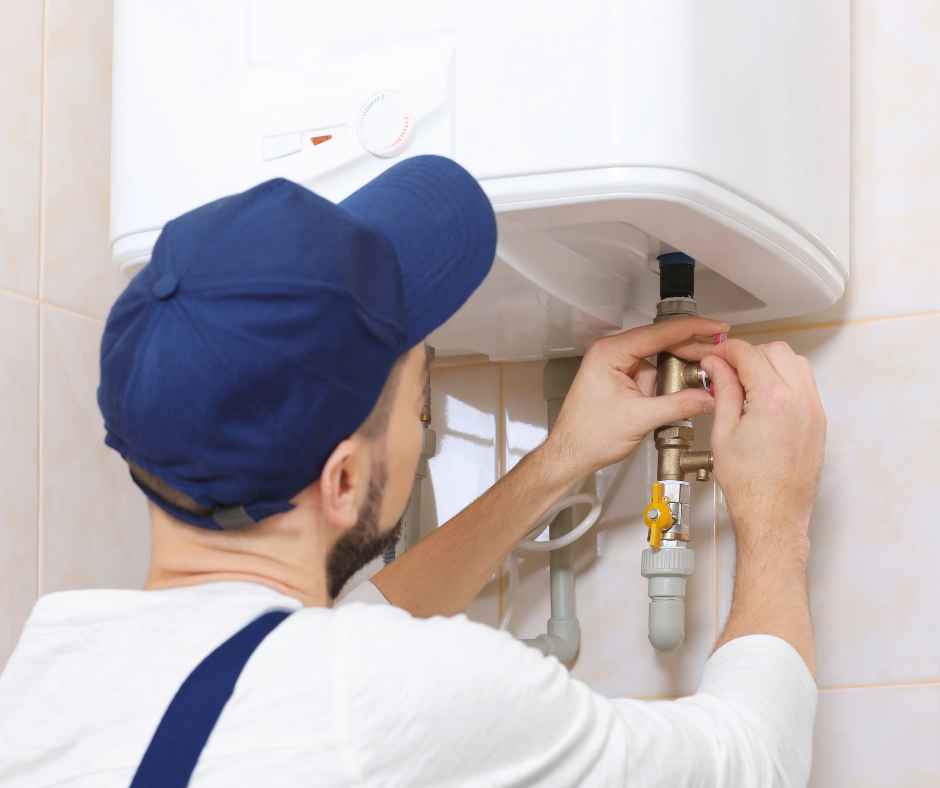
How to Choose the Right Water Heater for Your Home
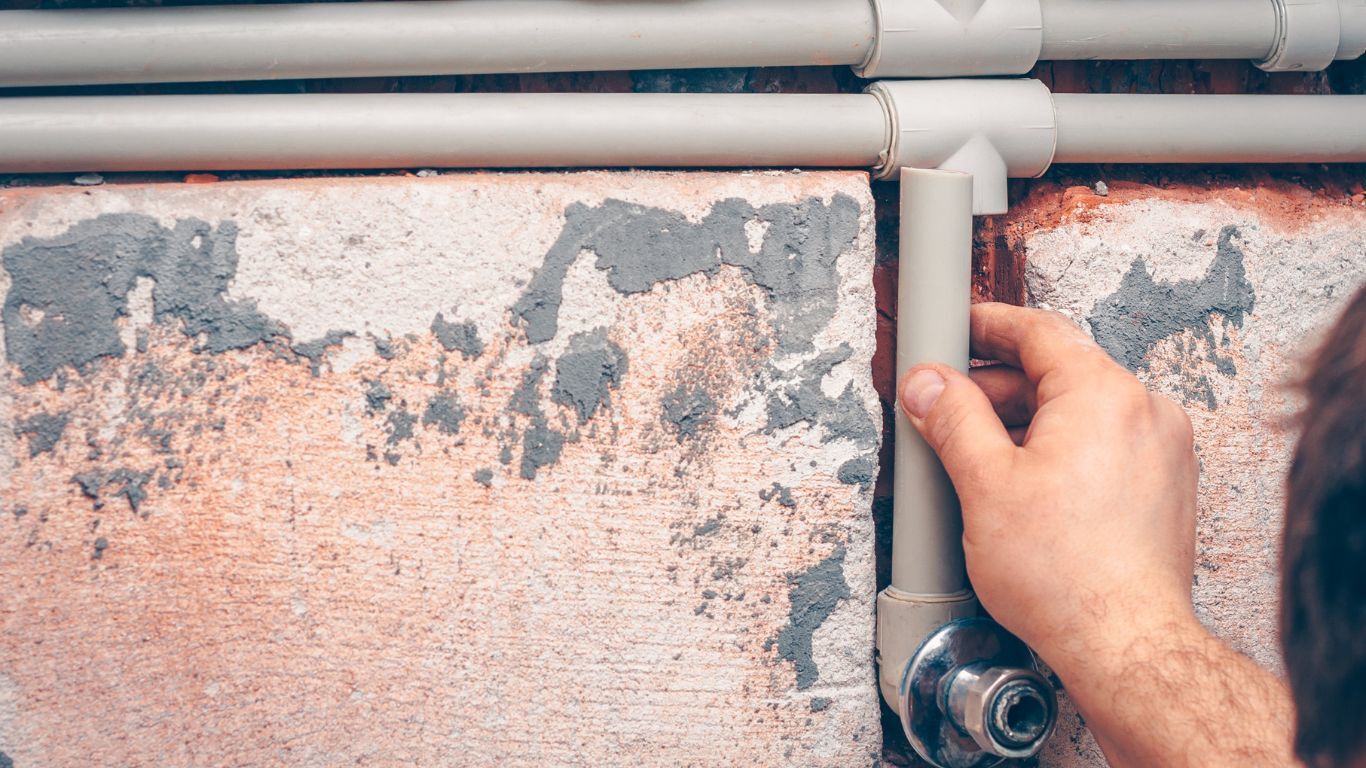
Preventive Plumbing Inspection Guide Every Homeowner Should Follow

Reverse Osmosis vs. Water Softener: Which Is Right for Your Home?
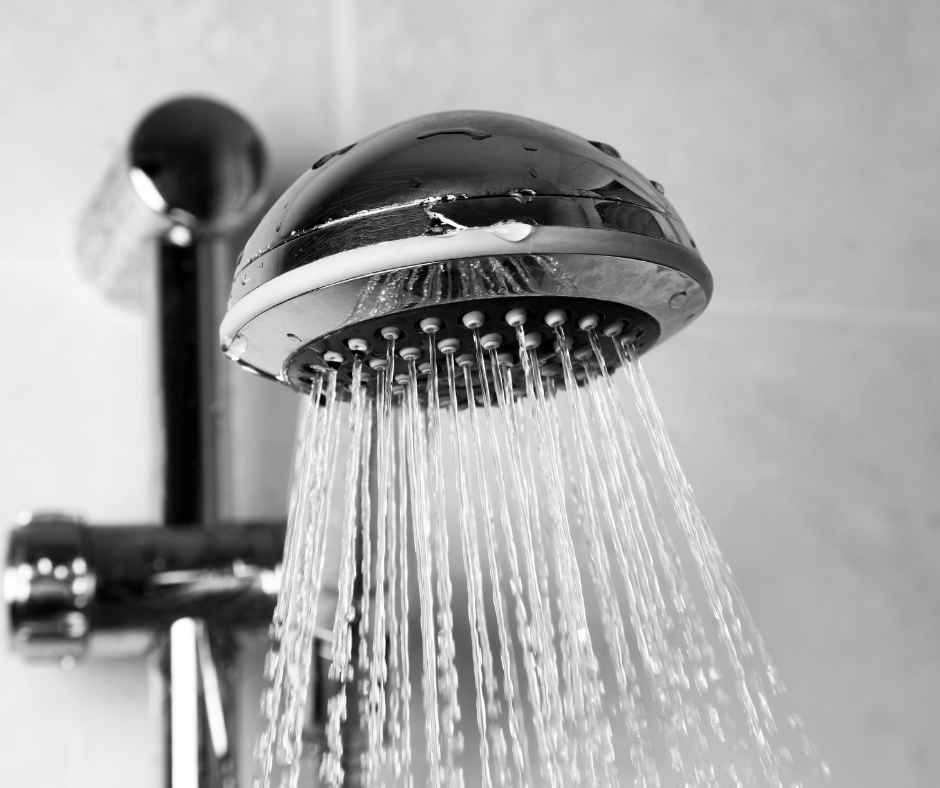
Seasonal Plumbing Maintenance Checklist for Hamilton County Residences
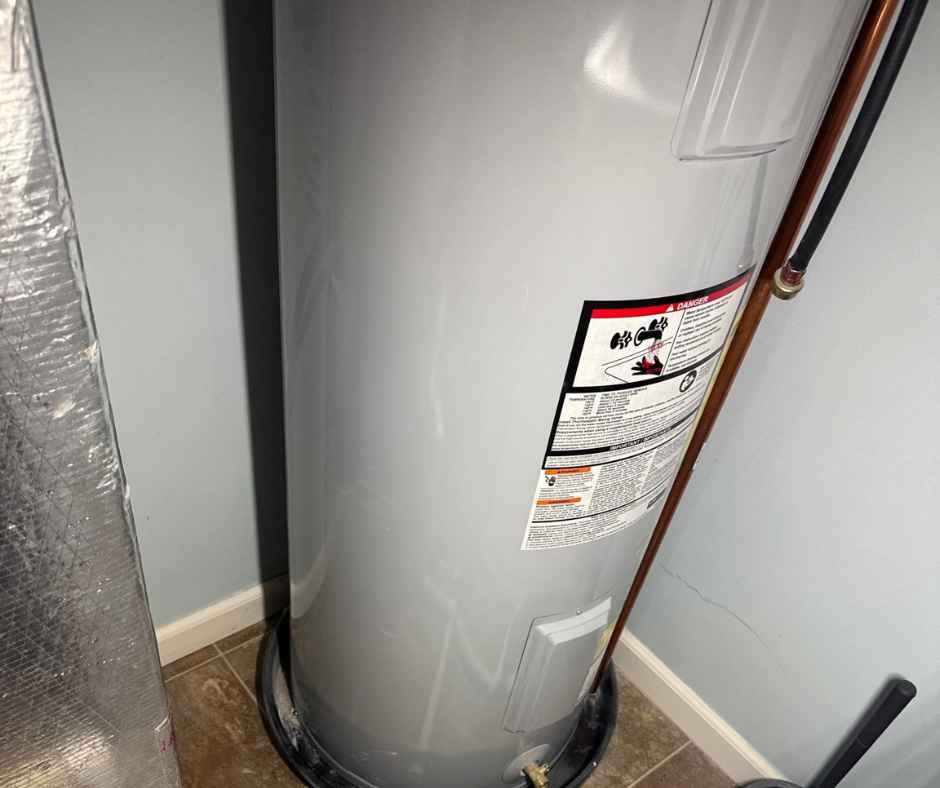
Why Is My Water Heater Beeping?
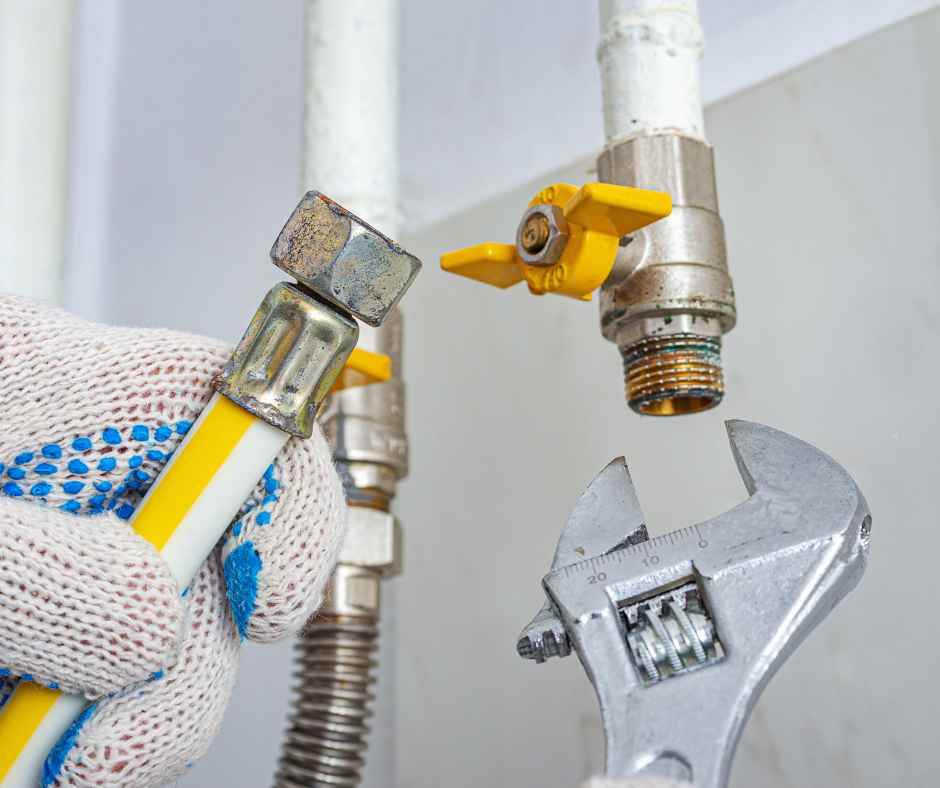
How to Check for a Gas Leak
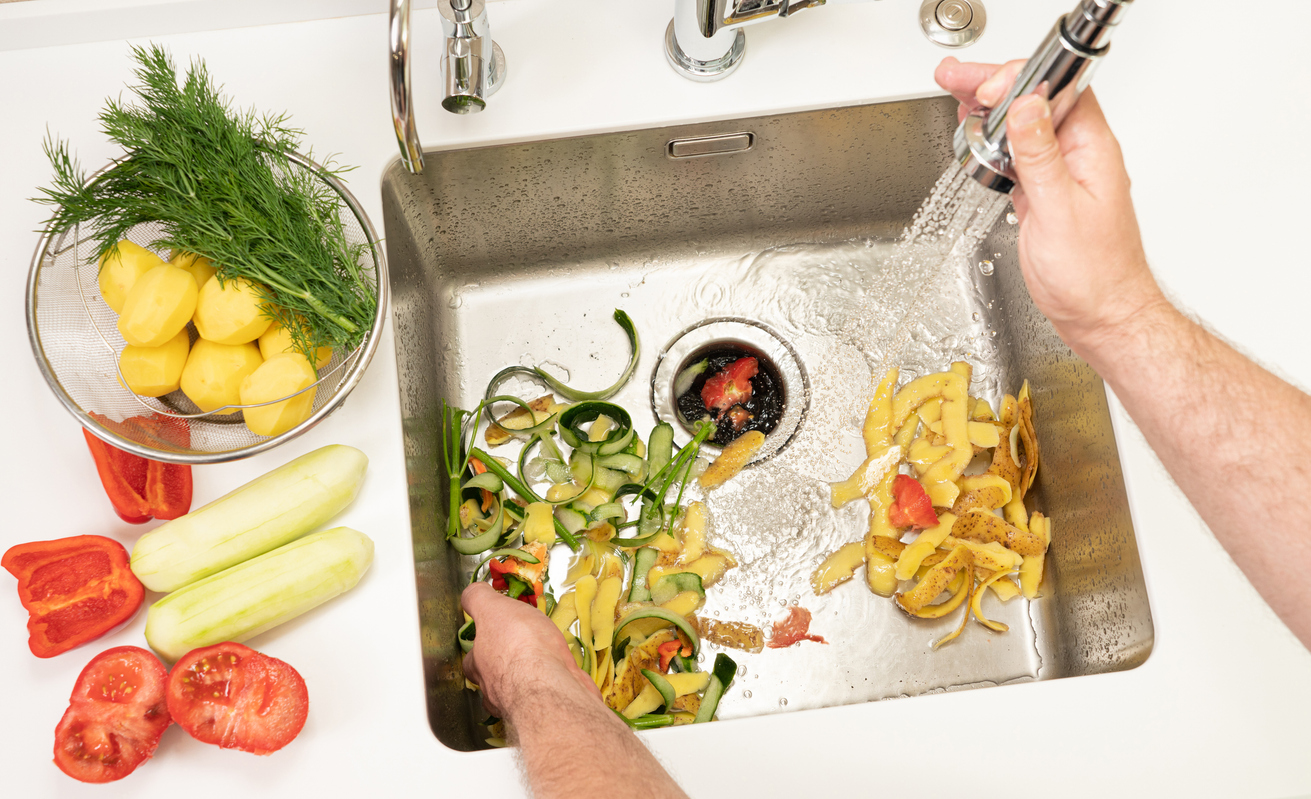
How Long Do Garbage Disposals Last?
Get in Touch
